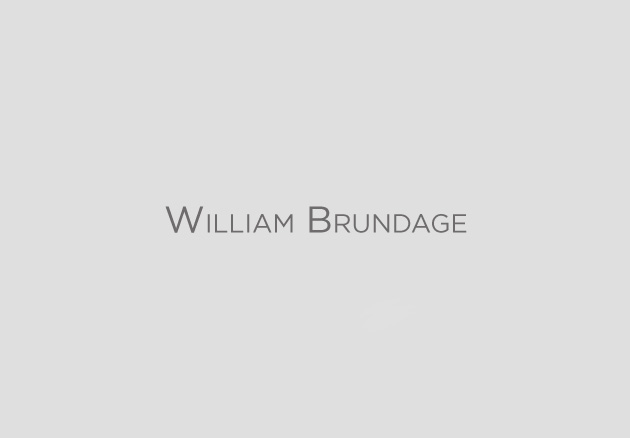
Call William Directly at 248.980.2455
‘Jumbo’ Mortgage Rates Fall Below Traditional Ones
By Nick Timiraos, Wall Street Journal
Interest rates on mortgages for pricey homes have dropped below those on smaller mortgages, an event that lending executives say has never happened before.
Borrowing rates for so-called jumbo mortgages, which are too big for government backing, historically have been set higher than rates on what are known as conforming loans, which are backed by Fannie Mae, FNMA +1.60%Freddie Mac FMCC +1.77%or government agencies.
But in the past two weeks, the relationship has flipped, a combination of interest-rate volatility, government policy and banks flush with cash that are enjoying lower funding costs, making jumbo mortgages an attractive investment for them.
The average 30-year fixed-rate conforming mortgage was at 4.73% last week, according the Mortgage Bankers Association, compared with 4.71% for the average jumbo 30-year fixed-rate mortgage.
Executives say the inversion in the so-called spread, or difference, between jumbo and conforming loans is unprecedented. “In my 30-year career, I’ve never seen nonconforming loans priced below conforming loans,” said Brad Blackwell, executive vice president of Wells Fargo WFC +0.27%Home Mortgage, the nation’s largest mortgage company.
Jumbo mortgages are those that exceed the $417,000 limit for loans eligible for backing by mortgage companies Fannie Mae and Freddie Mac, though the limits rise to as high as $625,500 in more-expensive markets such as Los Angeles, New York and Washington.
Before the housing bubble burst six years ago, jumbo mortgages over the past two decades typically had rates at least 0.25 percentage point above conforming loans, but that widened sharply after 2007, reaching a peak of 1.8 percentage points in 2008, according to HSH.com, a financial publisher. The rate difference between the two stood at 0.5 percentage point as recently as last November.
For adjustable-rate mortgages, the disparity between jumbo and conforming loans is even starker. Rates on certain “hybrid” adjustable-rate jumbo mortgages that have a fixed rate for five or seven years are as low as 0.75 percentage point below conforming loans.
“I’ve had situations where I’ve told clients, ‘You don’t need to borrow within the [conforming] limit. I can get you a lower rate if you borrow a little more,’ ” said Rolan Shnayder, director of new-development lending at H.O.M.E. Mortgage Bankers in New York.
Conforming loans have become more expensive because federal officials, in a bid to reduce the outsize footprint of Fannie and Freddie, have raised the fees those companies charge to lenders, which translates into higher mortgage rates.
Meanwhile, interest-rate volatility has driven up yields on mortgage bonds issued by Fannie and Freddie as investors brace for a slowdown in the Federal Reserve’s bond-buying program, which has included those mortgage bonds. That has boosted rates on conforming loans.
Jumbo mortgages, meanwhile, are increasingly kept on banks’ balance sheets, which means prices aren’t usually set by bond markets. “Banks have more deposits than loans today, so the desire to put that money to work, as well as the fact that it’s at a very low cost, allows us to make [jumbo] loans at a very good interest rate,” said Mr. Blackwell.
Mark Cunningham, 39 years old, who works as a program manager for an aerospace company, received a fixed rate of around 4.6% for a 30-year jumbo mortgage in late July through Navy Federal Credit Union for a newly built four-bedroom home in Ashburn, Va. The loan required just a 10% down payment.
“We were very happy. We still haven’t seen anything that competes with what we’ve got,” said Mr. Cunningham.
Navy Federal, which said it is currently offering jumbo loans at the same rate as conforming loans, said jumbos account for around 3% of its mortgages.
Banks have long courted jumbo borrowers because they tend to have deeper pockets. Banks use their relationship with better-off clients to sell them other products, such as brokerage accounts and credit cards.
“These are superpremium borrowers. They represent great cross-sell opportunities,” said Keith Gumbinger, vice president of HSH.com.
But recent interest-rate turmoil is making it easier for large banks such as Wells Fargo & Co. and J.P. Morgan Chase & Co. to woo those borrowers. “We’re in a world where their cost of funds is still very, very low,” said Bob Walters, chief economist at Quicken Loans.
Lou Barnes, a mortgage banker in Boulder, Colo., was competing Tuesday to keep a client from going to Wells Fargo, which was offering a fixed rate of 4.625% on a 30-year mortgage with a $750,000 balance.
“Commercial banks are just desperate to book an asset that will pay something,” said Mr. Barnes. He had offered a rate of 4.75%, which was roughly the same as the conforming rate Tuesday.
When rates stood below 4.5%, banks weren’t as likely to bid aggressively for jumbo mortgages because they weren’t eager to hold those loans on their books, said Paul Miller, banking analyst with FBR Capital Markets.
But he says the current trend could hold as long as rates stay at current levels or rise even higher.
Mr. Blackwell, the Wells Fargo executive, said the current inversion between jumbo and conforming rates could last “for the foreseeable future” so long as banks’ cost of funds stays at its current level and loan demand doesn’t rise sharply.
Jumbo loans with the lowest rates are available only to a relatively exclusive slice of borrowers who have pristine credit, large down payments, lots of assets and low debt loads relative to their incomes.
Banks also are getting more comfortable because housing prices have been rising. “On a risk-adjusted basis, this is a decent return. The quality of loans being originated today is very high,” said Stew Larsen, who runs the mortgage banking division of Bank of the West.
Some $8.3 billion in jumbo mortgages were packaged into securities during the first half of 2013, more than in the previous three years combined but just a sliver of the $281 billion in jumbo securitizations in 2005, according to Inside Mortgage Finance.
About William Brundage – Max Broock Realtors:
Named the Best Realtor by the Oakland Press, William Brundage is an industry leading Realtor bringing over twenty years of experience to successfully marketing and selling fine homes and estates. His dedication to his clients places him in the top 1% nationwide. Personalized service and client satisfaction are paramount. William is committed to getting you the best price and terms in the shortest amount of time.
Cell: 248-980-2455
Email: william@williambrundage.com
Website: www.WilliamBrundage.com






